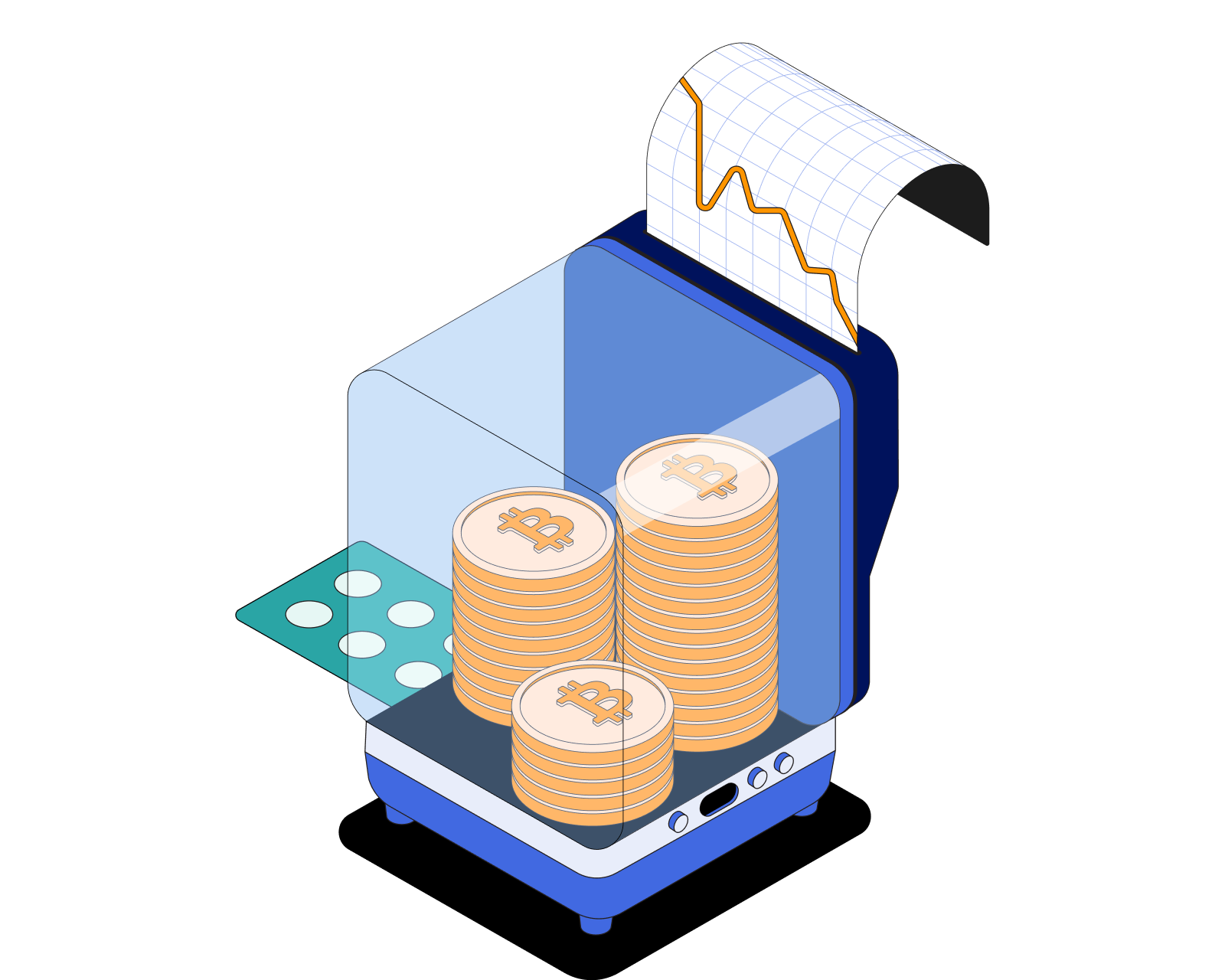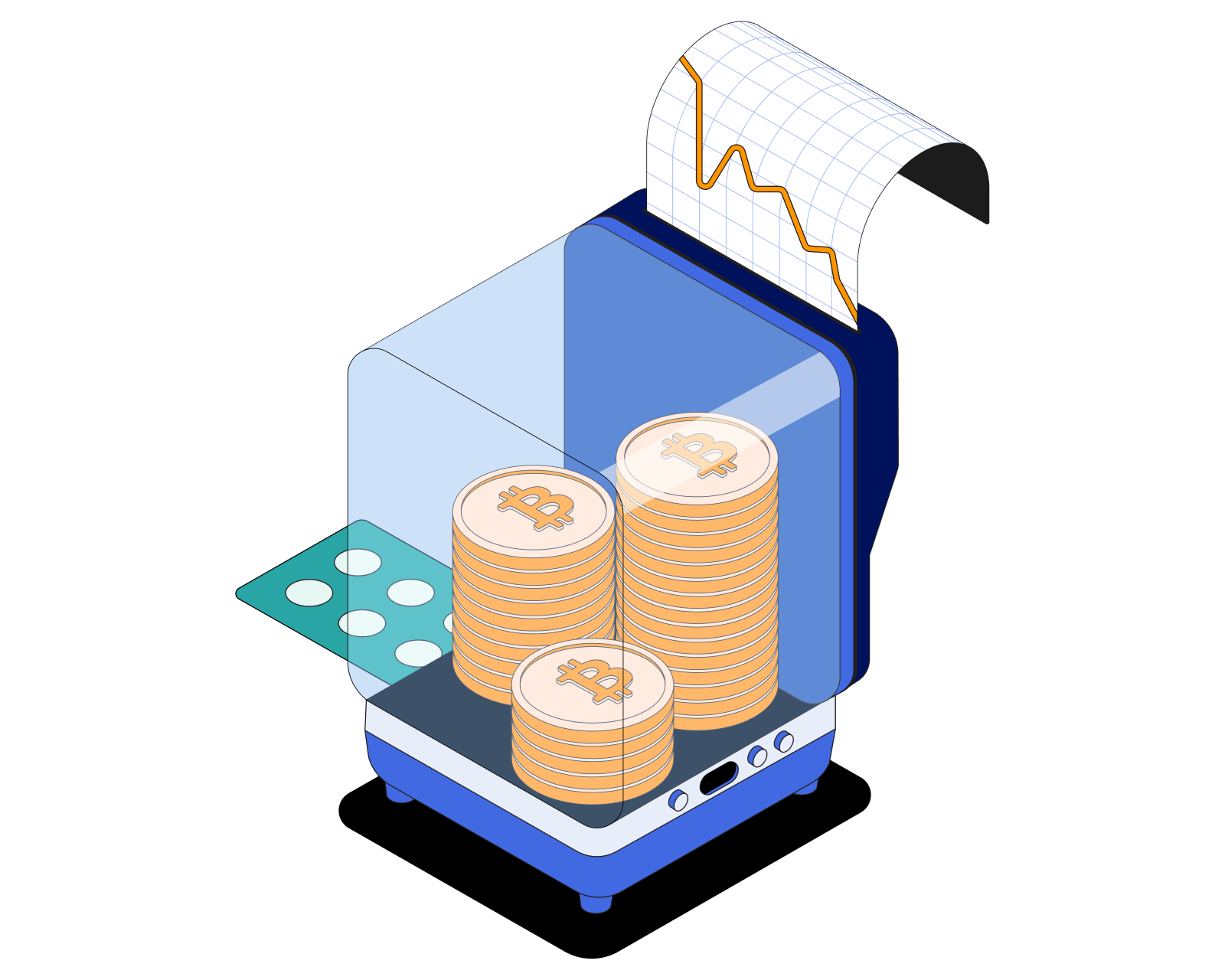What is a Liquid Staking Token (LST)?

Table of Contents
What is a Liquid Staking Token (LST)?
Staking has grown to become an integral part of the decentralized finance (DeFi) landscape. As the crypto ecosystem continues to evolve, liquid staking tokens (LST) have emerged, providing a fresh perspective on staking.
Staking typically involves locking up a certain number of tokens to support the operations of a network. This can include validating transactions or supporting consensus mechanisms like Proof-of-Stake. Once tokens are staked, they usually become illiquid, meaning they cannot be easily accessed or sold. This is where LSTs come into play.
A liquid staking token is a tokenized representation of staked assets. When a user stakes their assets, they receive an equivalent amount of Liquid Staking Tokens. These LSTs can then be traded, sold, or used in other DeFi protocols, providing liquidity to the staker even while their original assets remain staked.
Why Are LSTs Gaining Popularity?
The primary allure of Liquid Staking Tokens (LSTs) is the enhanced liquidity they offer. This liquidity ensures that users can seamlessly engage with diverse DeFi protocols without the need to unstake their assets. Furthermore, the inherent interoperability of LSTs allows them to be utilized across a multitude of DeFi platforms, fostering increased integration and harmony within the ecosystem. Another enticing feature of LSTs is their role in yield farming. When users hold LSTs, they are presented with the opportunity to delve into yield farming or various other DeFi strategies, which holds the potential to amplify their returns. Additionally, the utility of LSTs extends to their function as collateral. These tokens can be readily employed as collateral in numerous lending and borrowing protocols, thereby affording users an elevated degree of financial adaptability.
Advantages of Liquid Staking Tokens
- Increased Capital Efficiency: Users can maximize the utility of their staked assets by simultaneously earning staking rewards and engaging in other DeFi activities.
- Flexibility: LSTs provide the freedom to exit positions or engage with the market without waiting for long "unbonding" periods typical of many staking protocols.
- Diversification: Users can diversify their strategies, staking on one platform while using the LST to engage with another.
Disadvantages of Liquid Staking Tokens
- Complexity: The introduction of LSTs adds another layer of complexity to the already intricate DeFi landscape.
- Risk Exposure: While LSTs provide liquidity, they also expose users to risks in the broader DeFi market. If a user invests their LST in a high-risk protocol, they could lose their staked assets.
- Over-Collateralization: Some protocols might require higher collateral when using LSTs compared to more traditional assets, which can be less capital efficient.
- Price Discrepancy: The value of LSTs might not always reflect the value of the underlying staked assets, leading to potential price discrepancies and arbitrage opportunities.
Related guides
Start from here →

What is staking?
Learn about the power of staking.

What is APY?
APY stands for annual percentage yield. It is a way to calculate interest earned on an investment that includes the effects of compound interest.
Read this article →
What is APY?
APY stands for annual percentage yield. It is a way to calculate interest earned on an investment that includes the effects of compound interest.

What is liquidity?
Liquidity has several slightly different but interrelated meanings. For the purposes of crypto, liquidity most often refers to financial liquidity and market liquidity.
Read this article →
What is liquidity?
Liquidity has several slightly different but interrelated meanings. For the purposes of crypto, liquidity most often refers to financial liquidity and market liquidity.

What are liquidity pools?
A liquidity pool is a collection of cryptoassets that help facilitate more efficient financial transactions such as swapping, lending, and earning yield.
Read this article →
What are liquidity pools?
A liquidity pool is a collection of cryptoassets that help facilitate more efficient financial transactions such as swapping, lending, and earning yield.

How to provide liquidity on a DEX
Learn about the importance of providing liquidity, and start earning rewards while supporting decentralized finance.
Read this article →
How to provide liquidity on a DEX
Learn about the importance of providing liquidity, and start earning rewards while supporting decentralized finance.

What is yield farming?
Learn what yield farming is, how it works, different types, and more.
Read this article →
What is yield farming?
Learn what yield farming is, how it works, different types, and more.

How to yield farm in DeFi
Learn about DeFi farming and get step-by-step instructions to earn rewards by depositing LP tokens
Read this article →
How to yield farm in DeFi
Learn about DeFi farming and get step-by-step instructions to earn rewards by depositing LP tokens

What is volatility?
Discover the role of volatility in crypto markets, how it’s measured, and more.
Read this article →
What is volatility?
Discover the role of volatility in crypto markets, how it’s measured, and more.

What is inflation?
Understand inflation, how it's measured, and how to protect yourself from it.
Read this article →
What is inflation?
Understand inflation, how it's measured, and how to protect yourself from it.
STAY AHEAD IN CRYPTO
Stay ahead in crypto with our weekly newsletter delivering the insights that matter most
Weekly crypto news, curated for you
Actionable insights and educational tips
Updates on products fueling economic freedom
No spam. Unsubscribe anytime.



Start investing safely with the Bitcoin.com Wallet
Over wallets created so far
Everything you need to buy, sell, trade, and invest your Bitcoin and cryptocurrency securely

© 2025 Saint Bitts LLC Bitcoin.com. All rights reserved


